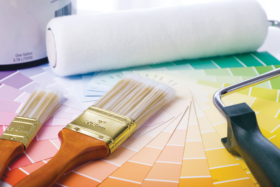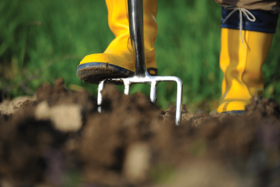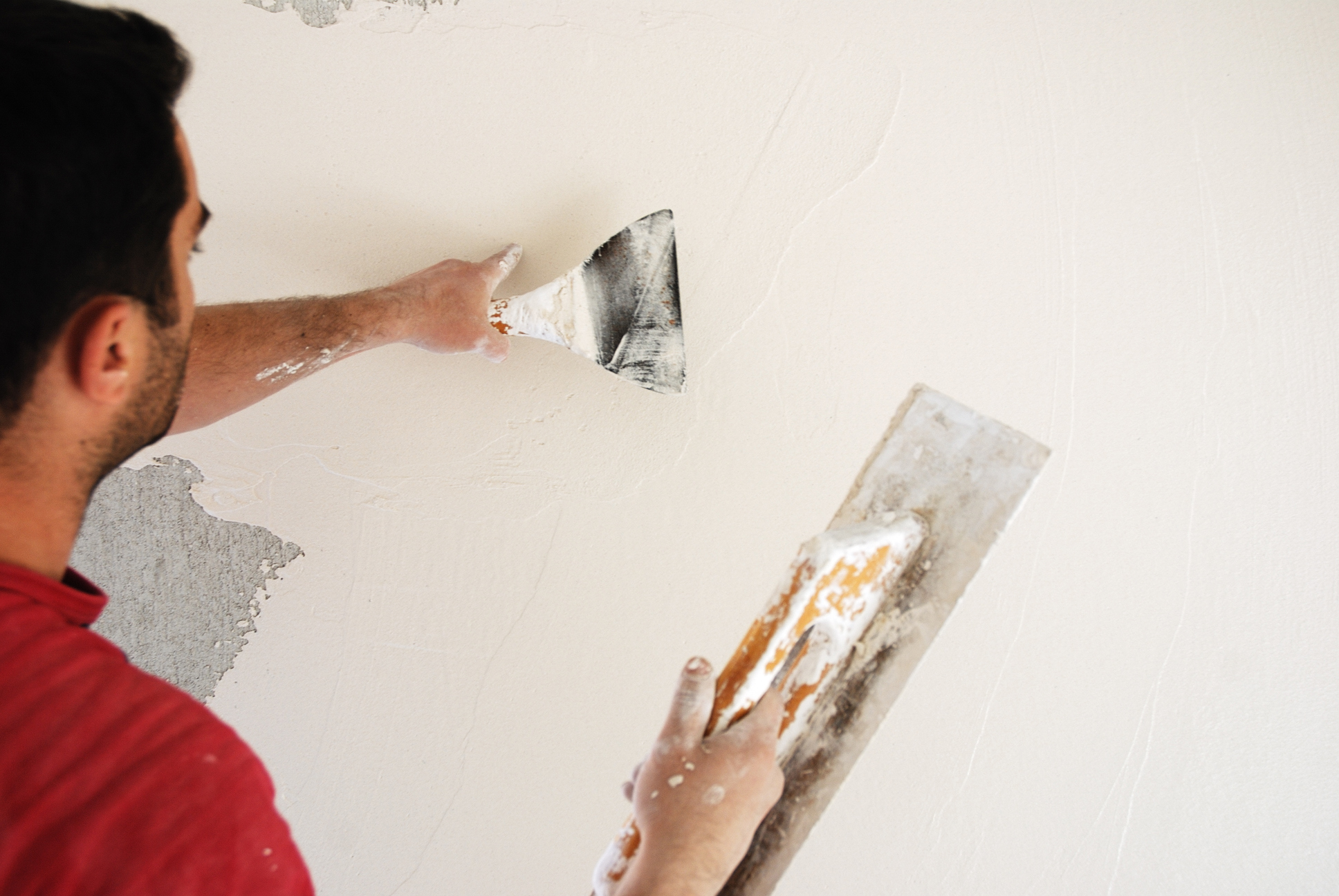How to Find a Plasterer
Plastering is a skilled trade. So while some self-builders choose to tackle it themselves, if you want a high-quality finish for your home’s interiors, it’s better to bite the bullet and employ a professional plasterer.
So how can you ensure you hire a plasterer who will achieve good results for the right price?
Where can I find a plasterer?
“Personal recommendation is key to finding a good plasterer,” says Alison Winfield-Chislett at the Good Life Centre.
Ask friends and neighbours, check out online forums and trades websites, such as www.mybuilder.com and www.ratedpeople.com. Most importantly always ask to inspect their recent work and speak to their previous employers before you hire them.
Plastering can be a messy job. If splatters are left on the floor or any other surface and not cleaned straight away, they can be difficult to remove. So when looking for a plasterer, make sure you inspect not only the quality of their work but how tidy they are, too.
What does a plasterer do?
The most traditional plastering technique uses a ‘wet’ mix of either gypsum or cement and water. It’s spread directly onto brickwork using a trowel (in one or two layers) and finished with a thin skin coat of gypsum.
When set, the plaster forms an integral part of the wall and is ready to be covered in whatever decoration you choose, such as paint or wallpaper.
Most homeowners choose wet plaster because it provides a smooth and durable finish, possesses good soundproofing qualities and seals around openings. However, you can also consider drylining.
What is drylining?
Drylining uses manufactured boards of paper-covered plasterboards for both ceilings and walls. The large flat sheets are bonded, nailed or screwed in place.
Drylining offers a number of advantages over wet plaster. It is a lot quicker to put up, doesn’t come with long drying periods and removes the risk of any cracking.
If attaching to masonry walls, dabs of plaster can be used to fix the boards in place ready for decoration. The boards can then either be painted on directly, or a thin layer of wet plaster applied for a smoother finish.
How long does plastering take?
It’s difficult to give an exact timeframe as it depends on factors such as the quality of work, the weather and how big the house is.
“I’d suggest one day per room. If it’s in the middle of winter it can take longer to dry, whereas in the summer plaster should set relatively quickly,” explains Alison.
How much does it cost to hire a plasterer?
Plasterers can work on a supply and fix, part-supply or labour only basis and will often give a lump sum quote.
However as a guide, Tristan Rees (a recommended plasterer on Ratedpeople.com) suggests, a plasterer should charge on average £150 per day and anything from £50-£100 per labourer.
“I normally estimate how many days a job will take and work out a price based on that,” says Tristan. In inner cities, Alison advises that you may end up paying more – up to £200 per day.
Do I need to supply tools and materials?
Typically, plasterers will supply their own tools, mixing utensils and bagged goods.
“Understandably, plasterers are very loyal to their favourite brands and tend to stick with what they know works well,” says Alison.
However, if you’re having plasterboard fitted, you’ll need to provide this yourself, along with any beading required.
How can I check for a good finish?
The top layer of plaster should be smooth and level. Look directly at the surface from the middle of the wall outwards, in the lighting conditions that the room will be most used in.
If you notice any bumps or angles, be sure to discuss these with the plasterer as soon as possible to avoid conflict at a later date.



































































































 Login/register to save Article for later
Login/register to save Article for later













Comments are closed.